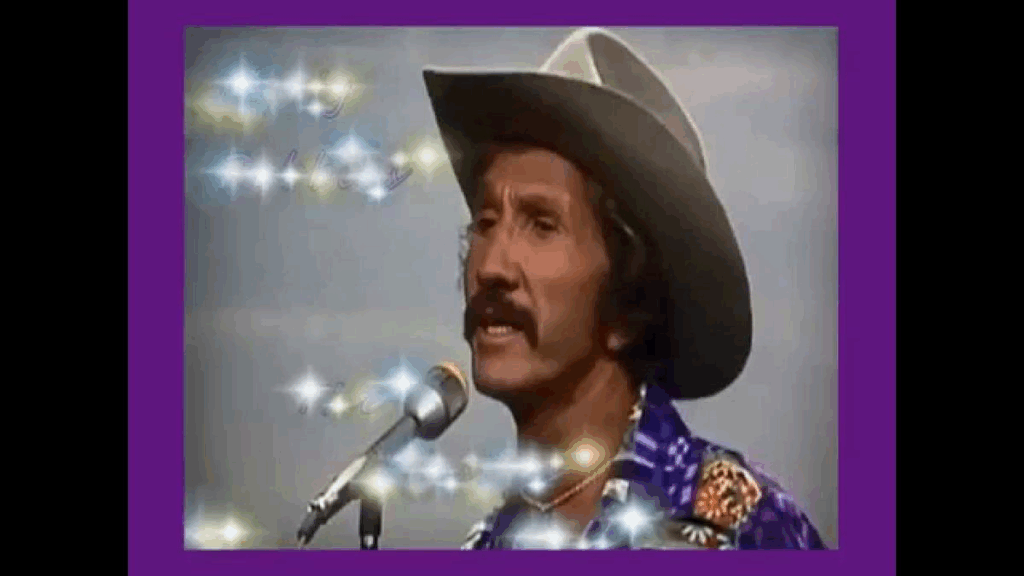
Marty Robbins – The Chair: A Harrowing, First-Person Descent into the Final, Frightening Moments
To speak of Marty Robbins is to speak of a masterful storyteller, a man whose baritone voice could conjure the sweeping romance of the Old West or the intense, intimate drama of a single human heart facing its darkest hour. His career was a kaleidoscope of styles, but few of his songs are as emotionally draining and utterly unforgettable as the chilling ballad, “The Chair.” This is not a song about love found or lost, but about the terrifying finality of justice, and it leaves an indelible mark on all who truly listen.
Released in 1971 on the album Today, “The Chair” is an anomaly in Robbins’ vast discography, not for its quality, but for its stark subject matter. While Robbins was an undisputed chart giant with sixteen Number One hits in his career, “The Chair” itself did not achieve the commercial heights of his biggest sellers like “El Paso” or “A White Sport Coat (And A Pink Carnation).” It was released as a B-side to “Seventeen Years” and, perhaps due to its profoundly dark theme, was not a major single success. However, its longevity lies in its sheer dramatic power; it remains a revered, if unsettling, piece of his legacy, preserved by generations who recognize its powerful narrative.
The song is a harrowing, first-person narrative from the perspective of a man on Death Row, counting down the final minutes before his execution in the electric chair. It is an exercise in escalating dread, a psychological portrait of a condemned man whose bravado crumbles as he faces the inescapable. The lyrics are visceral, detailing the agonizing, sensory experience of his final walk:
“All night long I tried but couldn’t sleep / Tried to be a man, tried not to weep Now I hear the turning of the key / Silently the guard motions to me”
The story, written entirely by Marty Robbins himself, delves deep into the raw human fear of dying. There is a brief, desperate moment of defiance when a fellow inmate whispers a farewell, only to be met with the protagonist’s shriek: “Charlie, be a man!” And I scream, “Just wait till your turn, then see if you can!” It’s a moment of utter vulnerability, a scream against the machine of fate and consequence.
The absolute climax of the narrative is the terrifying moment of realization as he is pushed down the hall and the tears blind him: “Through a door and then I stop and stare / ‘Cause I see it there, it is The Chair.” The simple, almost childlike capital letters emphasize the horror of the object that represents his end.
The brilliance of the song, and its enduring meaning, lies in its unflinching portrayal of the final, surreal moments. As the prison chaplain offers faith, the condemned man is strapped in, feeling a final, brief paralysis before hearing the music and a voice singing—a strange auditory hallucination that contrasts violently with the sterile, white-room reality. The song ends not with an explicit description of death, but with a chilling ambiguity: “Did I hear them say, ‘This man is dead?'” The story is complete, the life extinguished, but the fear—the sheer, naked fear—is what lingers with the listener.
For older generations, who appreciate the classic country tradition of the narrative ballad, “The Chair” is a masterclass in tension and dramatic pacing. It’s a sobering journey into a place few of us ever see, delivered by a voice that could make even the most disturbing tale sound tragically beautiful. It is a work of artistry that reminds us of the complexity and occasional darkness that even the Gentle Giant was capable of exploring.